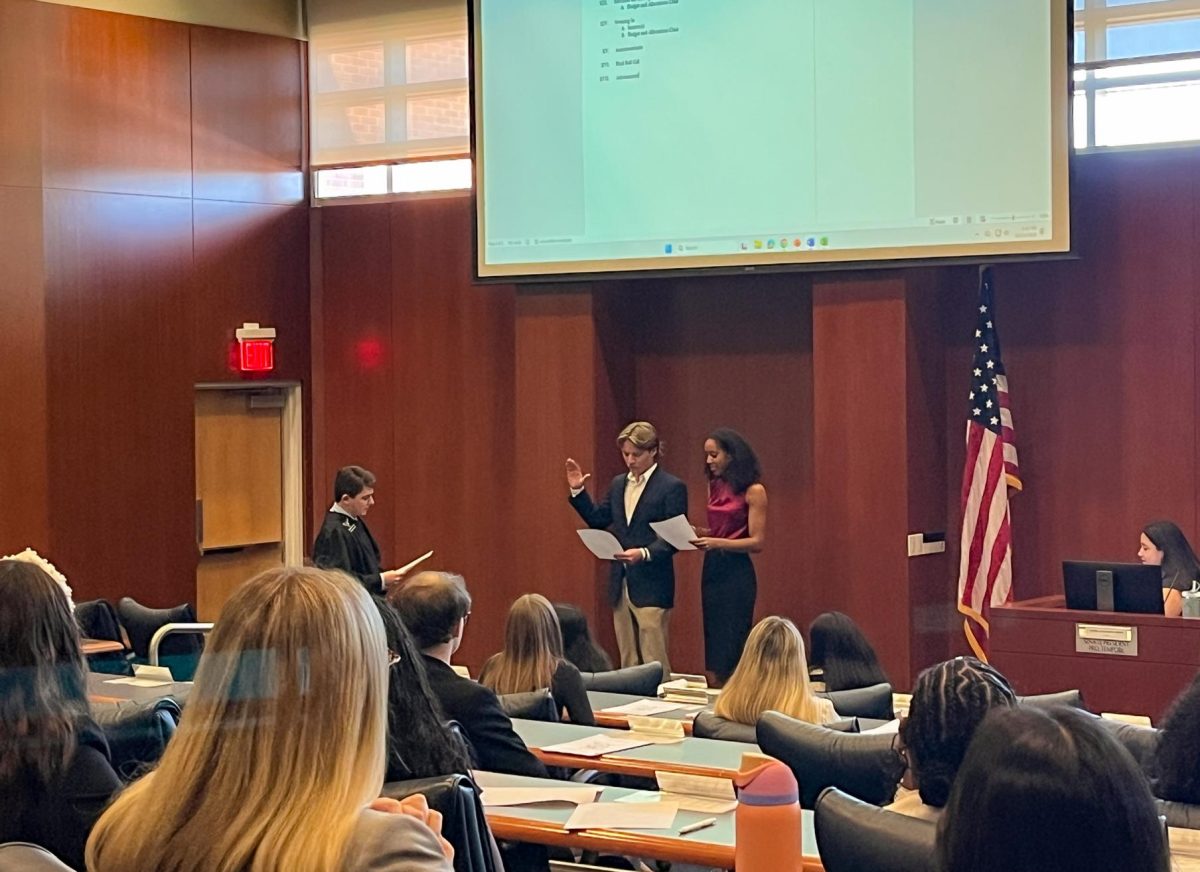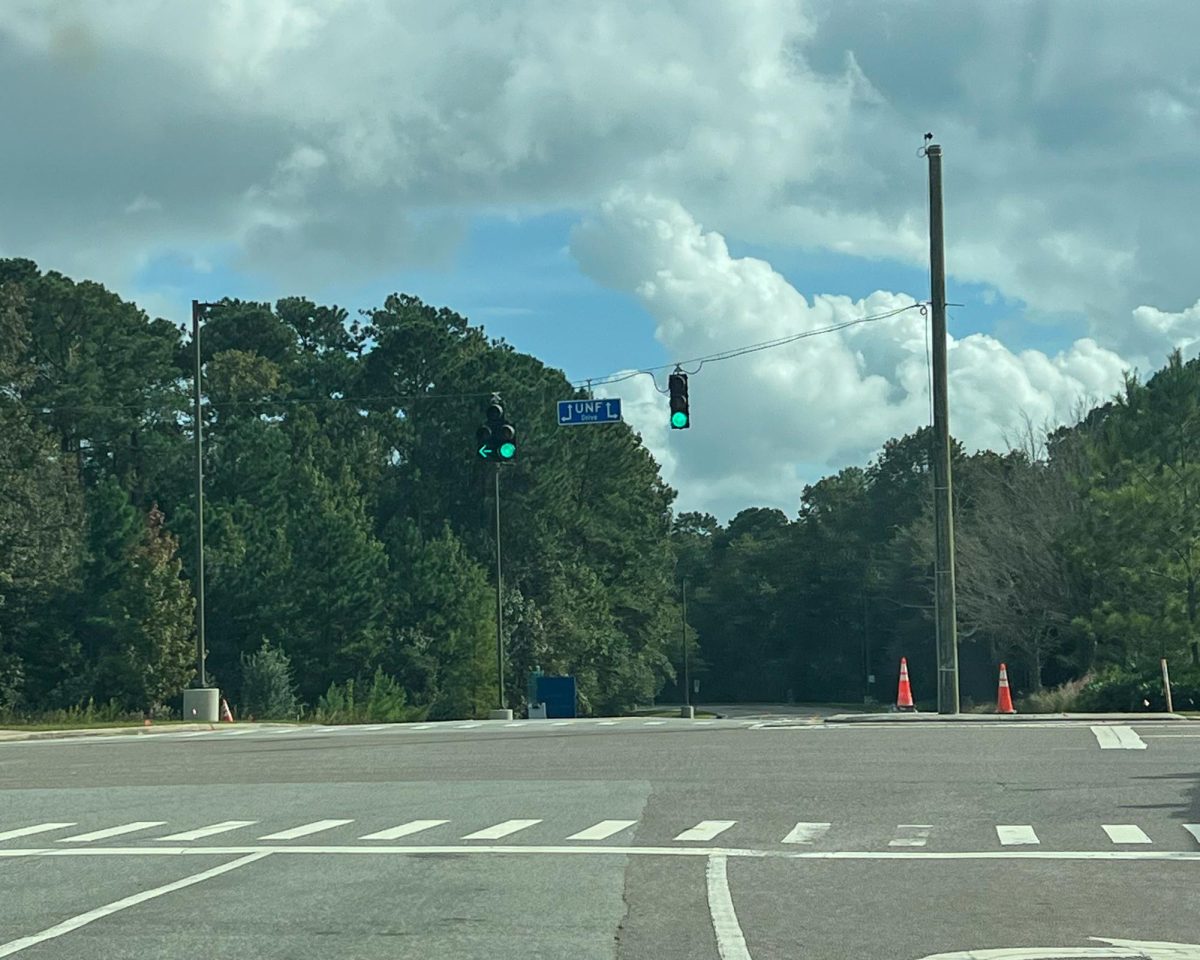 Throughout winter, students may realize changes in how their bodies function. It’s caused by seasonal affective disorder, which according to the American Journal of Psychiatry is a type of depression that occurs at the same time every year — mostly during winter.
Throughout winter, students may realize changes in how their bodies function. It’s caused by seasonal affective disorder, which according to the American Journal of Psychiatry is a type of depression that occurs at the same time every year — mostly during winter.
One of the main causes, lack of sunlight, leads to feeling lethargic and unmotivated. Symptoms appear during late fall or early winter and are remedied during the sunnier days of spring and summer.
“This is common amongst college students because they tend to stay awake all night, keep their windows covered with blinds and sleep for most of the day when the sun is out,” said Gabriel Ybarra, a UNF associate psychology professor. “The reduced level of sunlight can disrupt your body’s internal clock, which lets you know when you should sleep or be awake.”
The sun boosts our bodies to make melatonin, which is needed for energy and motivation, he said. When the production of melatonin is low, people will want to sleep more and become less sociable. This imbalance of melatonin can disrupt sleep cycles, leading to laziness and depression. Similarly, when melatonin runs high, we have too much energy and problems like insomnia arise.
According to the Mayo Clinic, this rise in melatonin is reverse seasonal affective disorder, also a form of bipolar disorder. In some people, spring and summer can bring on symptoms of mania or a less intense form of mania: hypomania. These can include elevated mood, agitation and rapid thoughts and speech.
“People living away from the equator are more likely to have SAD because of the colder weather and shorter winter days,” Ybarra said. “But that doesn’t mean Floridians can’t have it. SAD symptoms are also passed down genetically.”
A study called “Antidepressant effects of light in seasonal affective disorder,” cited in Archives of General Psychiatry 2002, said doctors treated winter depression in 13 patients with typical SAD by extending the length of winter days, with bright light in the morning and dim light in the evening, in a balanced-order crossover study.
Bright light had a marked antidepressant effect, whereas the dim light did not. Subsequent pilot studies indicated that bright evening light alone is also effective. Several patients were able to maintain the antidepressant response throughout the winter months by continuing daily light treatments.
“Many species of animals hibernate during winter months to stay away from SAD symptoms,” Ybarra said. “Humans can’t do that, and sometimes when the symptoms become more aggressive like suicidal thoughts and behavior, then antidepressants are prescribed. Rarely does it have to go as far as electric therapy.”
Seasonal affective disorder symptoms stated by the Mayo Clinic:
-Depression
-Hopelessness
-Anxiety
-Loss of energy
-Social withdrawal
-Oversleeping
-Loss of interest in activities you once enjoyed
-Appetite changes, especially a craving for foods high in carbohydrates
-Weight gain
-Difficulty concentrating and processing information
Professor Gabriel Ybarra’s tips to avoid SAD symptoms:
-Let the sun shine in your room, pull up blinds during the day.
-Make your room a bit lively, maybe a potted plant or occasional fresh flowers in a vase.
-Drink your coffee out in the sun.
-Jog on the nature trail and get fresh air.
-Sleep like normal people—at night. Wake up with the rest of the world.
-Try to catch the first rays of the sun.
-If you experience SAD symptoms, the psychology department will be glad to talk and help.











